Never Miss an Update From The Endless Customers Podcast
Each week have the latest episode delivered directly to your inbox with the latest insights, tactics, and success stories.
YouTube SEO: 5 Most Common Mistakes (and How to Fix Them)
Last updated on October 13, 2025
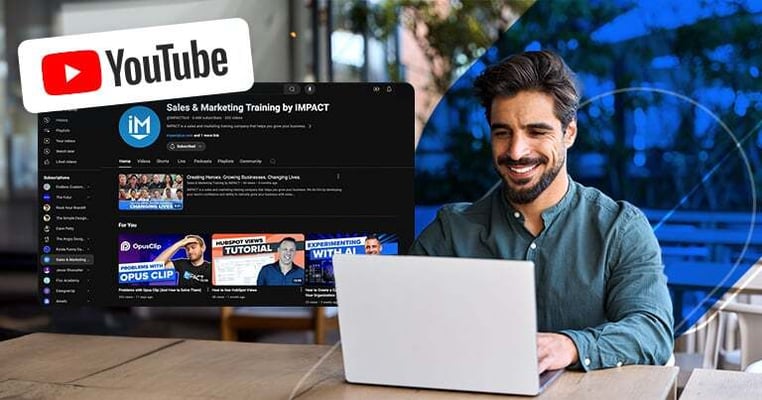
At a Glance
Most common YouTube SEO Mistakes
- Short descriptions with no keywords
- Not saying your target keywords and phrases
- Not paying attention to off-page metrics
- Not pushing people to more videos
- Ignoring short-form video
So, you’re looking at your business YouTube channel and it seems as though something isn’t really catching on. You know your content is valuable, but nobody seems to find it. Or, maybe some videos on your channel seem to do well, while others are a complete flop.
“What am I doing wrong?” you’re thinking to yourself.
Well as it turns out, many of the mistakes you might be making are pretty common.
In fact, through training and consulting dozens of companies over the past few years, I’ve narrowed down seven critical mistakes that, once fixed, will get you a lot closer to success and help you build a successful YouTube SEO strategy.
If you want your videos to be found at all, you must understand how YouTube works as a video platform, be willing to adjust your video content to your audience, and adapt as the video platform continues to change.
Remember, YouTube is a search engine AND social media site
Before we get into the most common mistakes, there is an important distinction to make as you look at the engine that suggests videos to YouTube viewers. YouTube is a discovery platform, a search engine, and a social media site all at once.
When you use a normal search engine you enter a query, find your answer, and move off the search engine.
With YouTube, however, even once you’ve found your answer, you continue to find suggested content. YouTube calls this a search AND discovery algorithm.
This means that not only do you have to optimize your videos around specific keywords and phrases, but also ensure that YouTube knows how to suggest your content beside other similar content as well.
Doing this will not only help YouTube and Google better understand what your content is about and organize it, but it will help get more qualified eyes on it as well.
If that sounds confusing, just think of how Amazon makes a suggestion to buy a tripod while you’re in the process of buying a camera. It knows these products are related even though you didn’t search for tripods.
So again, search engine optimization is important, but you must also consider the “discovery” element of the algorithm as well.
7 Common SEO mistakes you're making on YouTube
With that being said, let’s get into the most common mistakes we see businesses making with YouTube SEO and getting found on the platform.
1. Short descriptions with no keywords
In the past, a common understanding of YouTube SEO was that the on-page factors like the title, description, and tags were the best way to rank for keywords.
There seemed to be a particular belief, even from me, that exact-match keywords in your tags were the best way to rank for those keywords aside from your title.
That is until YouTube stated:
YouTube Help
Turns out that in addition to your title, the description is actually where you need to include those exact-match keywords and other contextual information for the algorithm.
Commonly, the description gets no love, but if you give it the right structure, it can be quite powerful.
By using a structure and including those important contextual keywords and phrases in your description, you’re helping YouTube understand when to display your video in search results and when to suggest it with other related content.
This is a great place to get help from ChatGPT or another AI tool. Upload a video transcript and ask for a YouTube description. Then, tweak as necessary.
2. Not saying your target keywords and phrases
Another important YouTube SEO factor is closed captions.
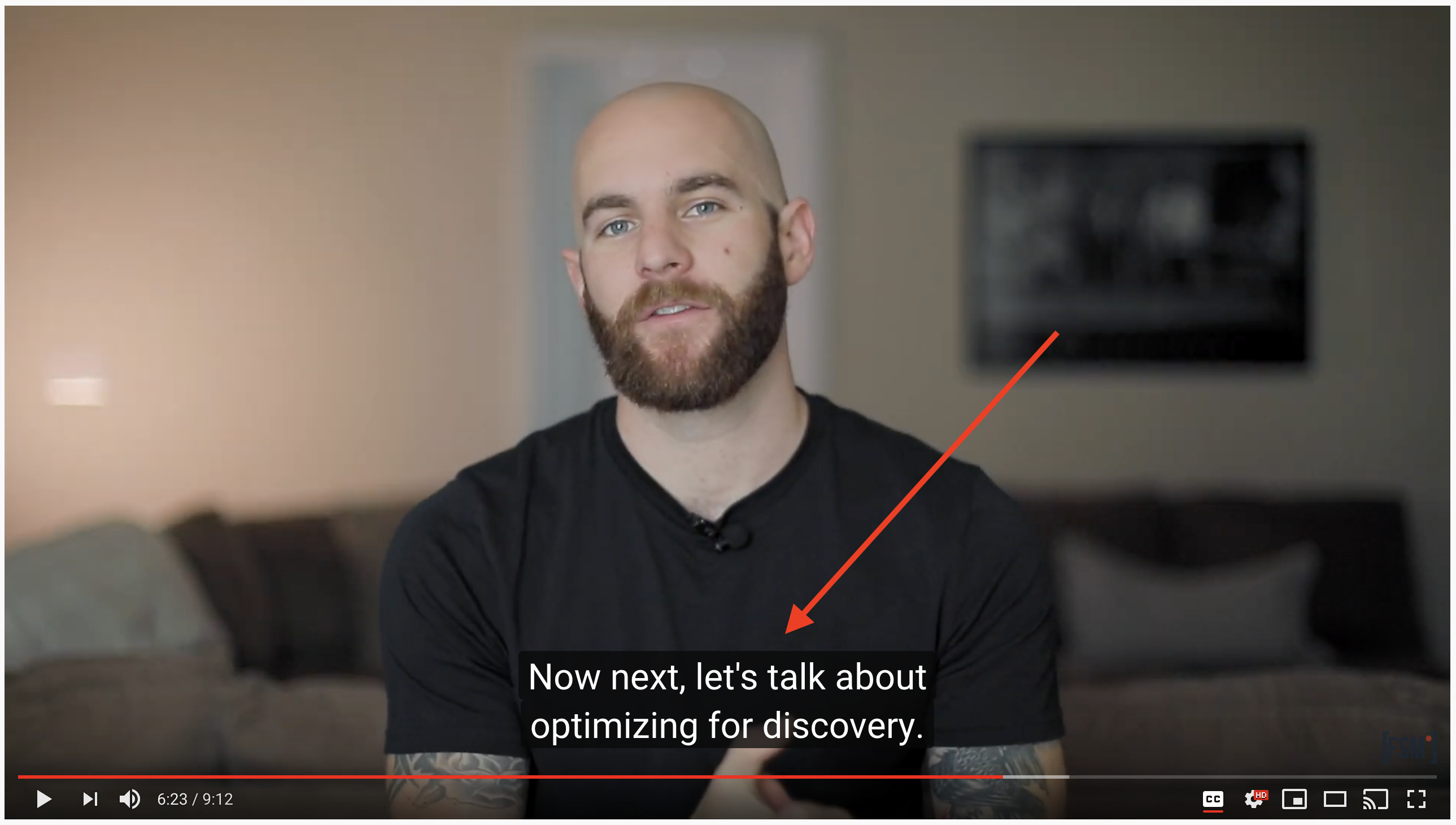
By default, YouTube transcribes the dialogue of uploaded videos to make them accessible to all, and this has improved drastically over the past few years.
In the past, experts have believed that YouTube would only index a video’s captions file if it was a “custom” captions file, meaning a separate transcription was uploaded from captioning software. That's no longer necessary.
Nevertheless, whether you choose to upload your own captions, or use the automatic ones, you should make a conscious effort to at least say your target keywords or phrases out loud in your video.
If the phrase is clear in your dialogue, the algorithms know what you’re talking about and have a better chance of displaying your content to your target viewer.
You may even get picked up for a “featured clip” in Google search results.
Similar to a featured snippet, Google will display short clips of a video if it believes that clip alone will answer a searcher’s question.
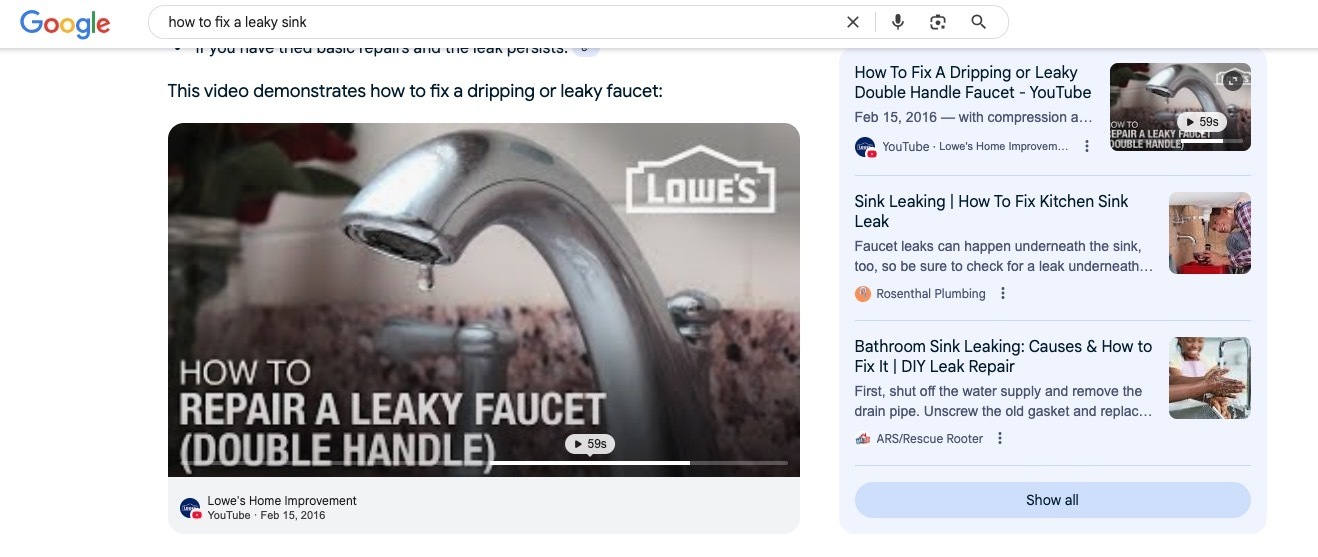
3. Not paying attention to off-page metrics
Some of the most important SEO factors YouTube tends to favor to rank your videos higher actually have nothing to do with what you do at all; they are focused on what your viewers do.
Off-page metrics include things like:
- Audience retention (how long they watch)
- Engagement (likes, shares, comments, subscribes)
- Click-through rate (how often people click when they see your thumbnail)
Think about what these things communicate to the algorithms. Would a video that’s valuable, engaging, and worthy of promotion have a short average view duration and no engagement?
Of course not!
But, it’s not enough to simply know what affects performance; It’s more important to follow that data and make better decisions about the content of your video.
If you don’t, you’re inadvertently hurting your video SEO.
Get to know your analytics dashboard in YouTube and use it as a guide to improve your videos, your channel, and, in turn, your results with video. YouTube makes it incredibly easy to track metrics like reach, views, and engagement with the new YouTube Studio dashboard.
4. Not pushing people to more videos
While an individual video performing well is great, the entire channel performing well is even better. And, as you may guess, if the entire channel is performing well, it affects the discoverability and searchability of every video you ever publish.
The biggest problem is oftentimes we don’t make it easy for a viewer to consume multiple videos on our channel (or extend their viewing session).
When viewers consume multiple videos in one session, at least two things happen:
- You increase view duration on multiple videos
- You increase the amount of time the viewer spends on YouTube
As you might guess, YouTube enjoys when content keeps viewers on the platform. After all, that’s more ad space they get to sell.
So when you extend a users viewing session with your content, you’ll see a favorable outcome in your video and channel performance.
One strategy you can use is creating multiple videos for one topic. Almost like a series.
Each video will still be a quality piece that can stand alone, but the video that you ask your viewer to watch next is a logical next step for that topic.
So if you created a video about how to fix a leaking sink, your next video could be about leak prevention tips so leaking never happens in the first place.
5. Ignoring short-form video
As the name suggests, short-form videos are, well, short. They may be as long as a minute, or even 90 seconds, but are usually 30 seconds or less. Some are as short as 10 seconds.
These videos are vertically-oriented (think: shot on a phone), and often play on a loop (or auto-play into the next one, suiting short audience attention spans.
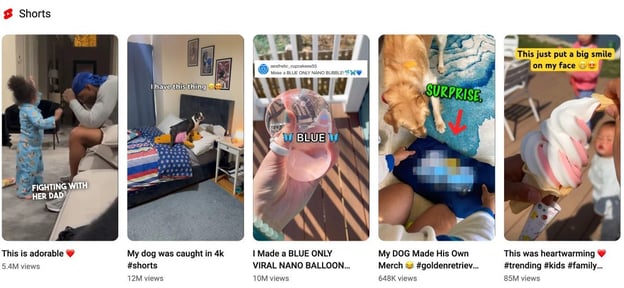
Following in the popular footsteps of TikTok, platforms are prioritizing these kinds of videos, which boosts their reach. Instagram leaned into Reels, while YouTube did the same with Shorts.
On YouTube, more than 70% of all traffic is mobile, so it makes sense that the content would be prioritized to the device.
Short-form video is great at bringing in viewers and helping them get to know your brand and personality. You can drive traffic to longer videos, pick up subscribers, and build a following with this popular format.
In addition, Google now includes short videos on their search engine results page. That means that not only is it helpful to have shorts for success on YouTube itself, but also on Google search.
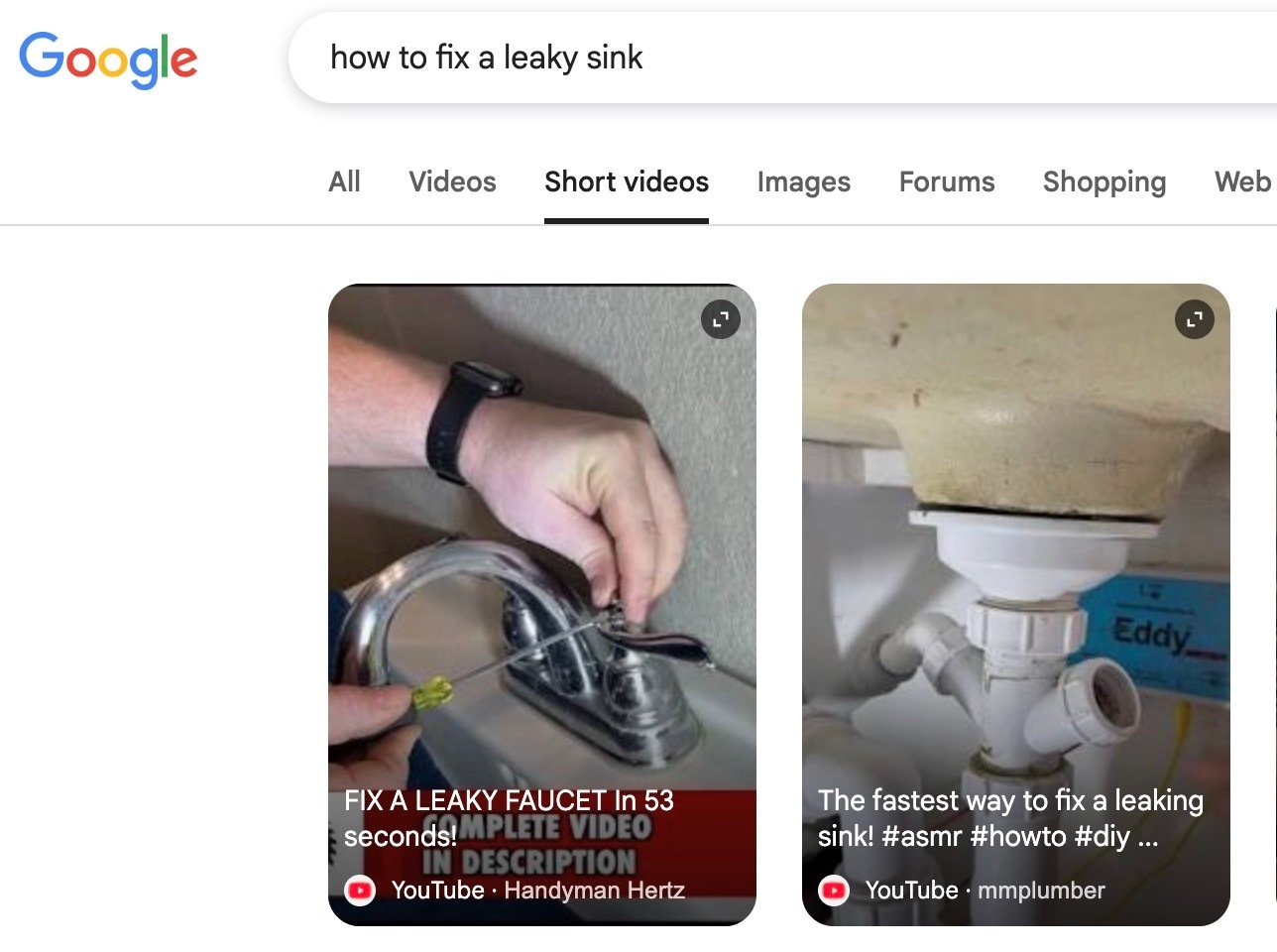
Mastering YouTube SEO
As you can see, when it comes to YouTube SEO, there is quite a lot to know and optimize even after you create great content —emphasis on starting first with great content.
Fact is, even with all of these best practices, if your videos aren’t solving a real need or keeping people watching, it’s safe to assume that all the search engine optimization in the world isn’t going to bring success.
If you want to see some YouTube channels that excel in this, I’d recommend checking out some of the channels from current and former IMPACT clients to get a taste of what’s possible:
- The Metal Roofing Channel by Sheffield Metals
- The Copier Channel by AIS Las Vegas
- The Home and Gun Safe Channel by Liberty Safe
- Furniture Academy by La-Z-Boy Southeast
If you're looking for more help with digital marketing, our team has helped hundreds of companies just like yours build world-class in-house video capabilities. Let’s talk.

This article was produced as a collective effort of the IMPACT Team and is regularly updated.
YouTube SEO: 5 Most Common Mistakes (and How to Fix Them)
Share
NEED HELP WITH YOUR BUSINESS YOUTUBE CHANNEL?
If you’re looking to take control of your sales and marketing using YouTube as a key driver, IMPACT can help. We can guide you on how to build your internal team, stop relying on agencies, and become the most known and trusted brand in your market.
NEED HELP WITH YOUR BUSINESS YOUTUBE CHANNEL?
If you’re looking to take control of your sales and marketing using YouTube as a key driver, IMPACT can help. We can guide you on how to build your internal team, stop relying on agencies, and become the most known and trusted brand in your market.